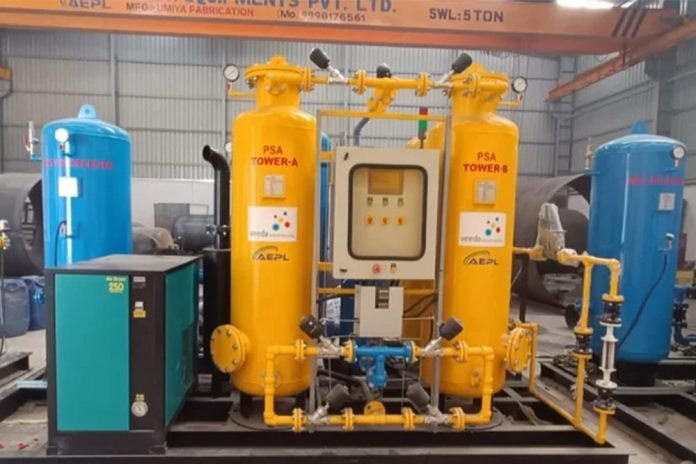Pakistan’s textile industry, a key export sector, faces insurmountable challenges from high energy costs and a weakening currency, becoming less competitive in the global market.
Following a surge in Gas rates from December 1, the gas tariff is poised to jump, maybe as high as $13 plus per unit, in ensuing months in line with RLNG rates announced by the regulator.
The rising cost of gas made the local textile industry uncompetitive in international trade, and the unwelcoming development has also put the export-oriented industry in a catch-22 situation as captive power cost exceeds grid-power rates.
According to analysts, most of the generation cost of captive power plants with such a high gas tariff has surpassed Rs45 per unit, more than the utility tariff for industry nowadays. In this challenging development, only efficient plants, with up to Rs38 per unit electricity cost, could produce electricity with a high RLNG tariff. Only about one-fifth of the industry installed efficient plants in recent years in the Punjab province.
“If you cannot produce in-house electricity due to high cost of generation, you would also be exposed to infrequent grid power, rendering the manufacturing process less efficient,” according to an industry official.
“The next few months for the textile industry would be tough to ensure a competitive and dependable energy source.”
Although the government provided the textile industry with subsidized RLNG at $9.0 per mmBtu, this rate was above the regional average for countries such as India, Bangladesh, and Vietnam. This single point reduced the competitiveness of the country’s exports. Furthermore, with the withdrawal of the regionally competitive tariff and the imposition of a fixed power tariff of Rs20/kWh earlier and now withdrawing it, the electricity cost from the national grid has also doubled.
The catastrophic consequences of high energy costs have forced many mill owners to close down their businesses. Late last year, the All Pakistan Textile Mills Association (APTMA) reported that over 1,500 textile units have been forced to shut down due to the rising power and gas tariff.
One of the most critical aspects of this connection has been the disruption in electricity and gas supplies. The composite sector mainly depends on an uninterrupted supply of electricity and gas. Interruptions in energy supply and curtailment of gas supply or low pressure seriously hurt the efficiency of the textile unit.
The country’s textile industry has been in an adverse situation due to the high level of regional competition from players such as India, Bangladesh, Vietnam, Uzbekistan, and Sri Lanka.
It is pertinent to mention that natural gas remains the primary or only energy source for 75% of the textile industry, which consumes only around 8% of the national gas supply. Therefore, any disconnection of gas or its unbearable cost severely affects the local textile industry and export orders.



